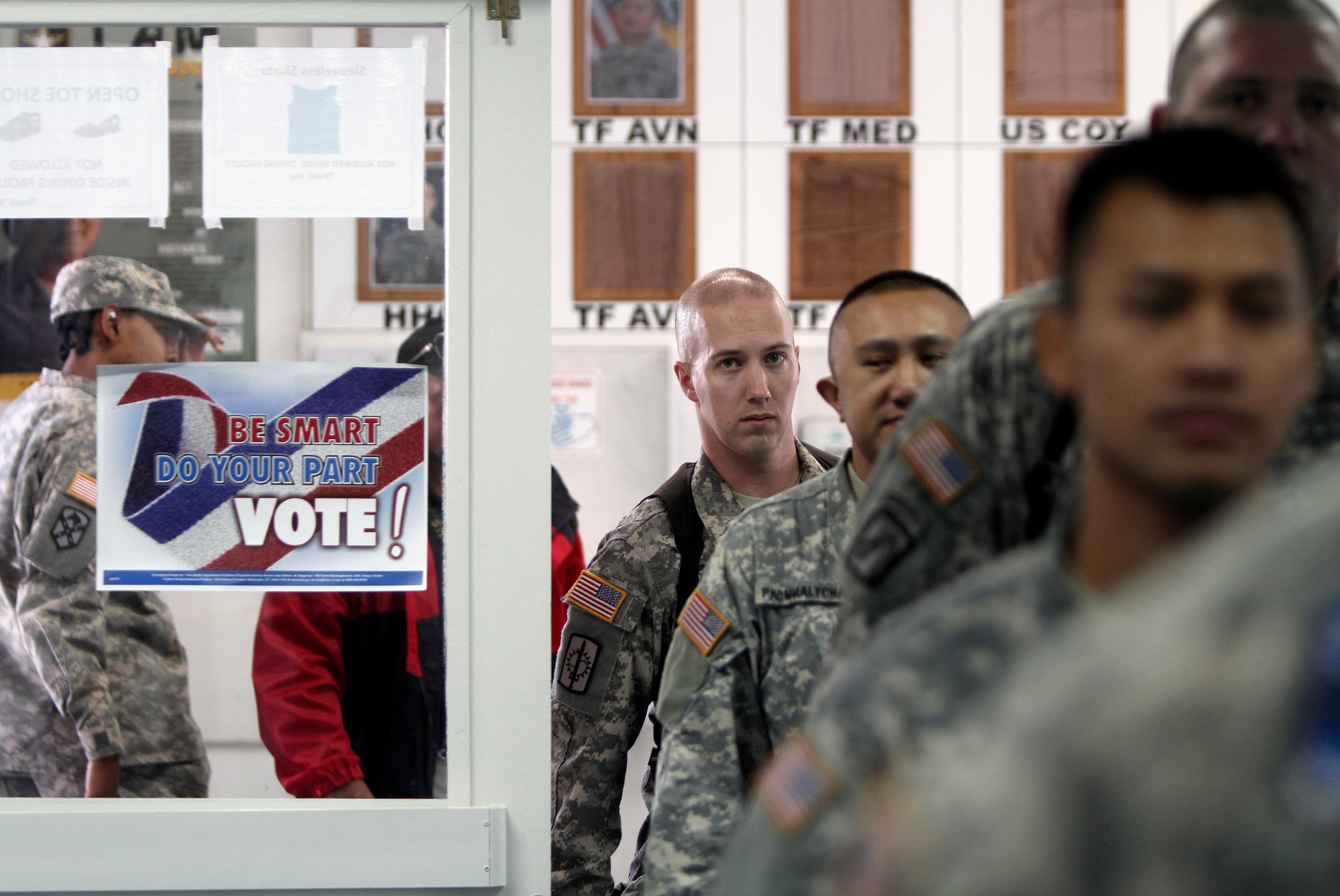The Pentagon's internal watchdog in a new report lays out hundreds of safety problems with a U.S. military facility in Jordan — and slaps down Army leadership's plans to request waivers for dozens of the violations.
The base and Army Central Command leaders said they've fixed many problems at the King Abdullah II Special Operations Training Center, and will fix more. But fixes to 71 of the 286 violations would be cost-prohibitive and hurt operations, they said. The Defense Department's Inspector General's office didn't buy the reasoning, and requested evidence to back the claims.
The facility, in Amman, Jordan, was completed in 2008 and has been continuously used as a regional training center by U.S. forces, among others, since 2009. Earlier this year, a report by the DoD IG identified hundreds of fire protection and electrical system issues.
Most deficiencies at KASOTC stemmed from a lack of a maintenance and inspection plan, a March report said. Also, the U.S. Army Contracting Command-Rock Island did not incorporate the clause for safety because officials "mistakenly omitted the clause from the contract."
The July 7 IG report says the investigation deemed 77 of the 286 total deficiencies critical, prompting immediate notification of U.S. Central Command and USARCENT in 2015. The new report lays out details of the violations. Electrical issues include unprotected and exposed electrical wiring, and physically compromised lighting protection systems. Regarding fire safety, it also documents 60 means of egress issues, 25 fire alarm-related violations, and various other passive protection, fire suppression and fire prevention problems. One picture in the report shows a fire hydrant completely encased in barbed wire.
The report recommends a "root-cause analysis" and a corrective action plan for all 286 deficiencies (154 of them fire safety, 132 electrical). It also says USARCENT should create and execute a plan for ongoing inspections of all U.S. military-occupied facilities at the Jordan center.
But, the CJOC-J commander — a one-star general whose name was redacted in the report — said waivers for another five electrical and 66 fire safety deficiencies would be requested, as "appropriate corrective measures would be cost prohibitive or impede the operational mission of the occupying unit." The inspector general report notes that CENTCOM's commander can grant such waivers where standards prove impractical. But the investigators remain unconvinced by the management response to the report that it would be justified.
"Rectifying these deficiencies will eliminate the hazard, but with mitigation the hazards remain," the report says. "(W)e believe that rectifying these deficiencies would not be expensive nor interrupt the operational mission. Neither USARCENT nor USCENTCOM responses provided adequate evidence to support a justification of the … waivers for the 71 deficiencies."
The inspector general requested that CENTCOM coordinate with the USARCENT commander to justify the waivers with cost estimates and statements outlining how the fixes would interrupt mission operation.
"At the time of our inspection, facilities at KASOTC were not existing facilities to be evaluated for potential occupancy. They were constructed as permanent facilities, built for the KASOTC mission and had been occupied by U.S. Forces since 2009," the report says.
In addition, had the accidentally omitted safety clause been included in the operation and maintenance contract, the report concludes, it would have required compliance with UFC 1-200-01.
The training buildings were built from 2004 to 2008 to Jordanian specifications and funded by the U.S. The regional training center is owned by Jordanians and used by Americans, who pay for its use. Forces from around the world use the facility, which includes a simulated urban environment, multiple shooting ranges, a full-scale model of an A300 aircraft and an eight-story "Commando Tower," according to its website.




